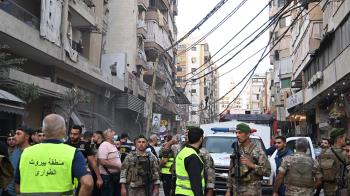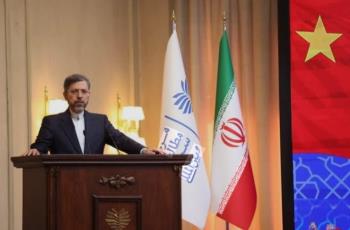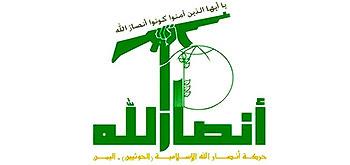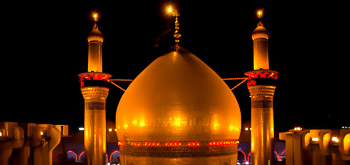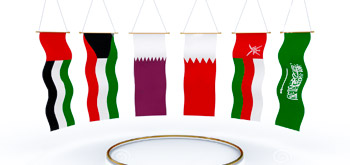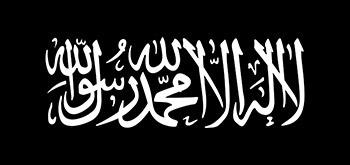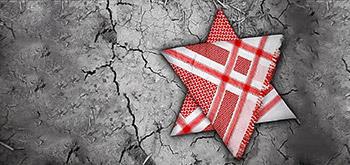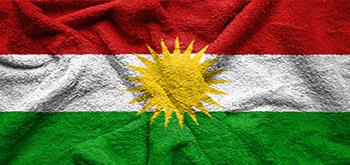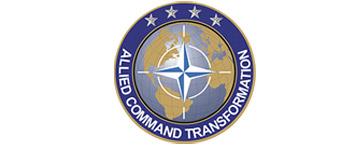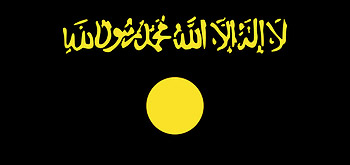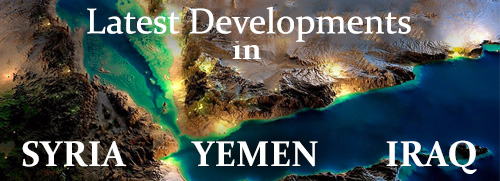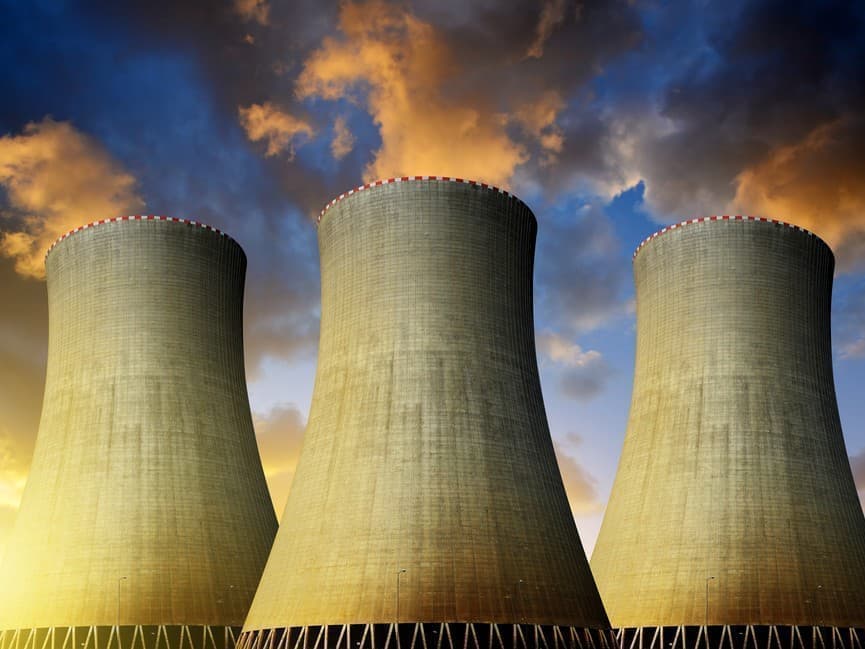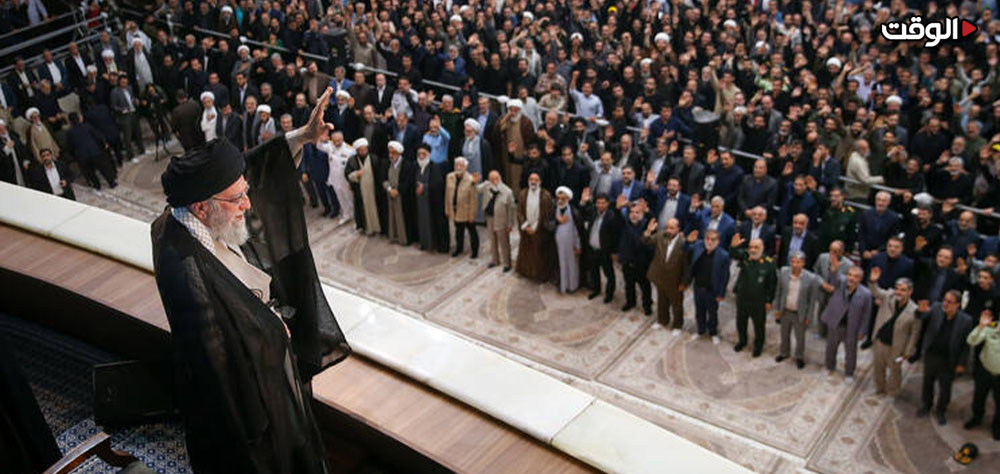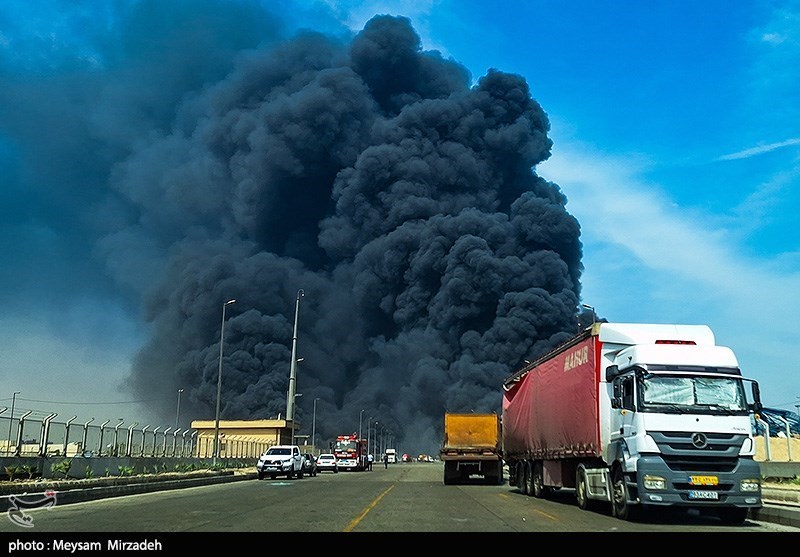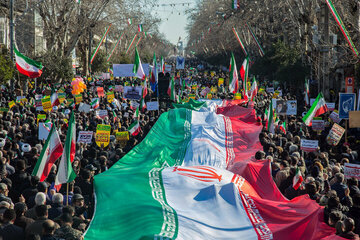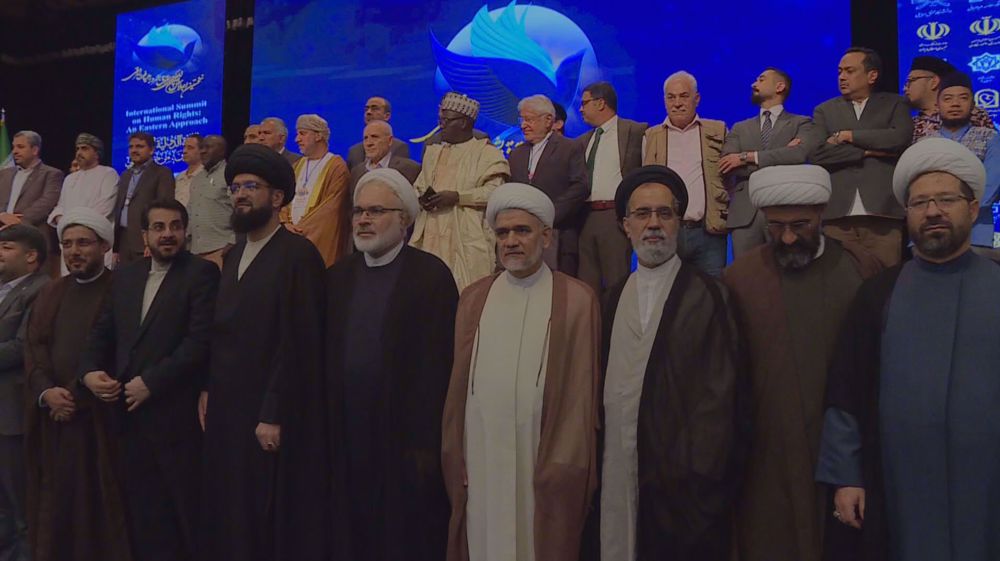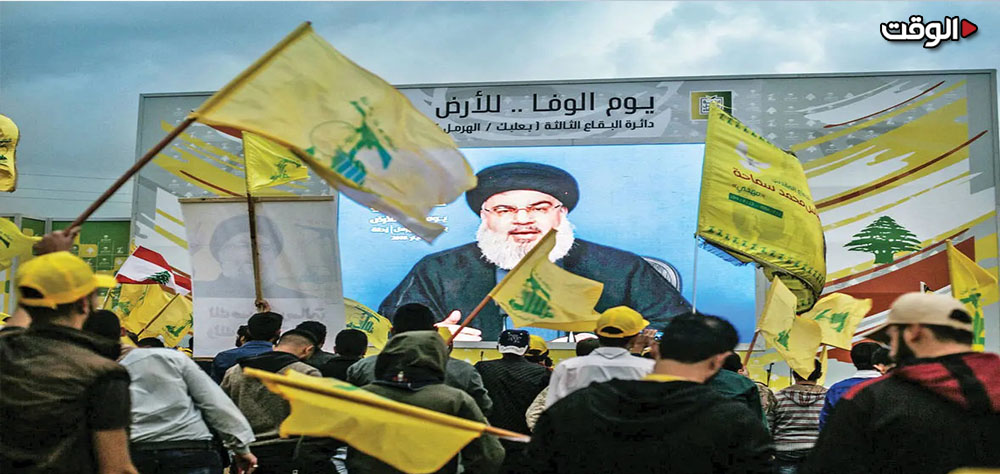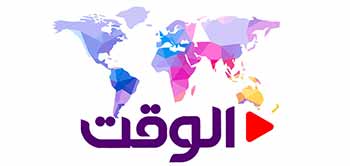ALWAGHT- Iran has begun implementing a plan to produce as much as 20,000 megawatts of electricity from peaceful nuclear activities, according to the chief of the Atomic Energy Organization of Iran (AEOI).
During a meeting in Tehran, Mohammad Eslami, head of the Atomic Energy Organization of Iran (AEOI), announced the formal launch of a major national plan to generate 20,000 megawatts of electricity through peaceful nuclear energy. He emphasized that the initiative has been set in motion with government backing and execution companies already in place. Eslami noted that this goal has long been encouraged by Leader Ayatollah Seyyed Ali Khamenei and is targeted for realization by 2041. He also highlighted the Bushehr Nuclear Power Plant’s success, which has produced 72 billion kilowatt-hours of electricity over the past decade, saving the equivalent of 110 million barrels of oil.
Eslami further discussed Iran’s efforts to reduce agricultural waste through nuclear technology, specifically by expanding the irradiation of up to 500,000 tons of agricultural products annually. This process, he explained, minimizes spoilage, extends shelf life, and ensures better quality for exports—ultimately benefiting the national economy. With around 30% of agricultural products currently going to waste, irradiation could significantly reduce losses and boost food security.
Despite facing sanctions from the US and its allies, Iran continues to advance its nuclear energy agenda. Last year, Eslami announced a $15 billion investment in a new nuclear power plant in Hormozgan Province, which will surpass the scale of the existing Bushehr plant. Throughout its nuclear development, Iran has maintained cooperation with the International Atomic Energy Agency (IAEA) and upheld its commitments under the Nuclear Non-Proliferation Treaty (NPT).

